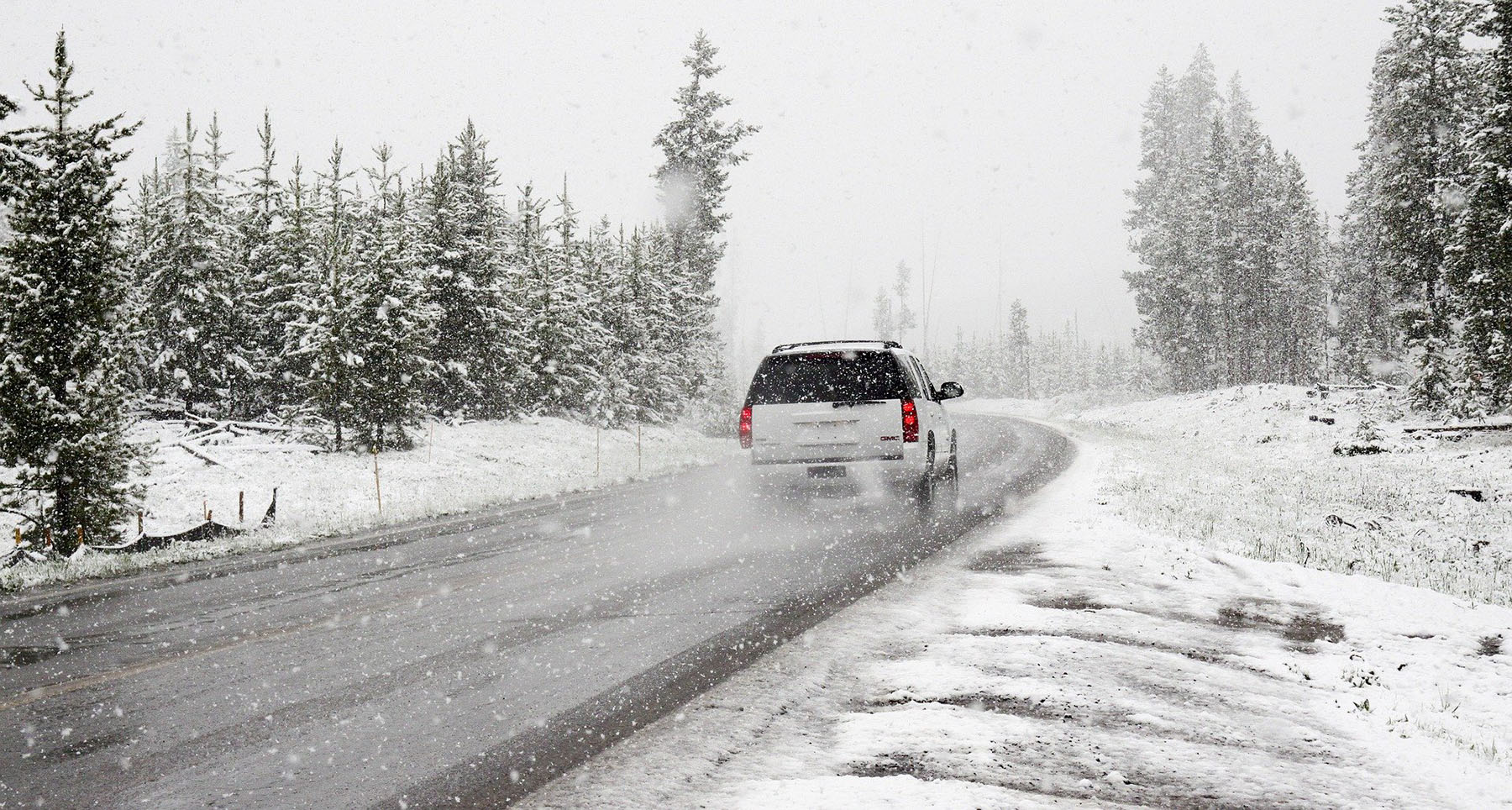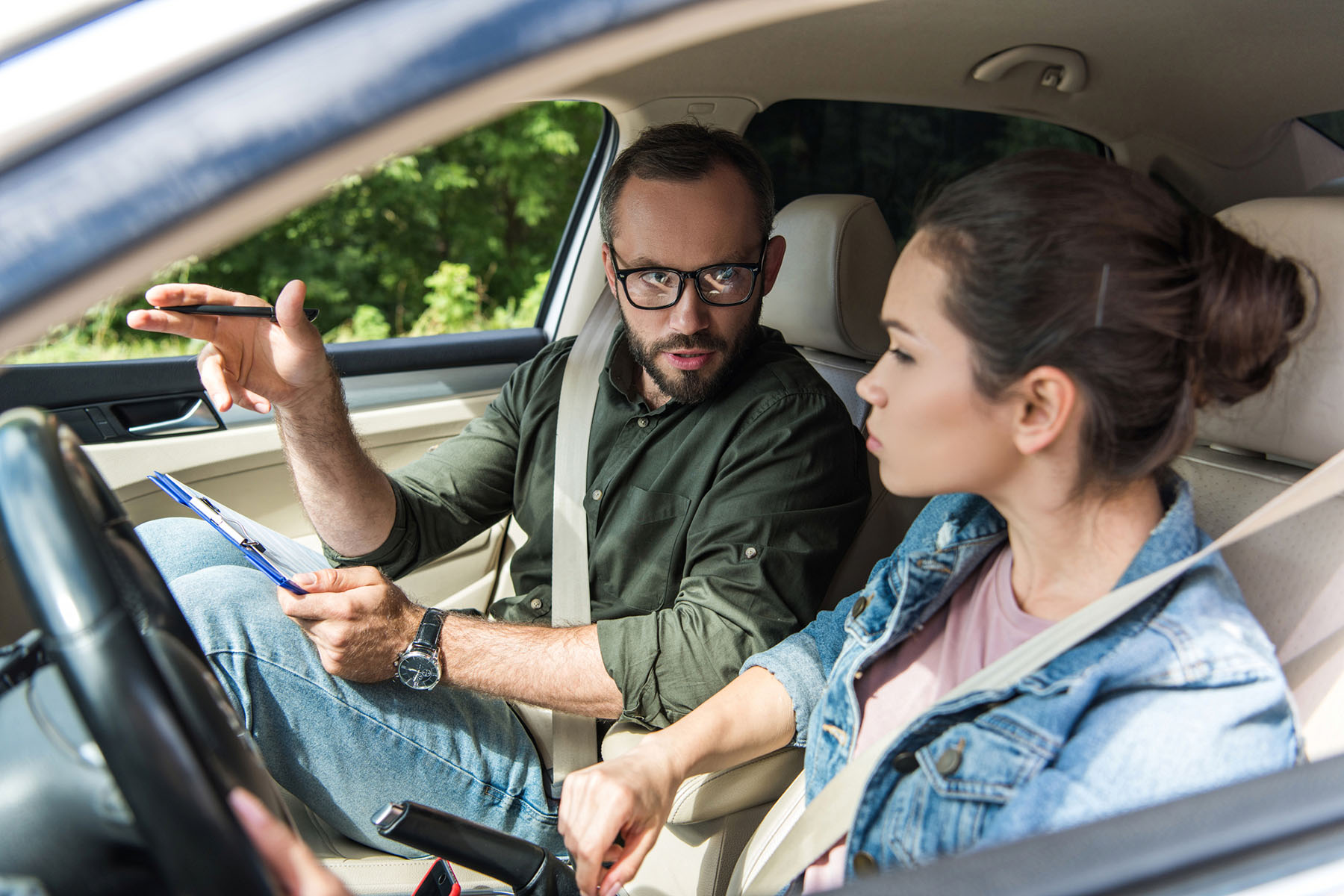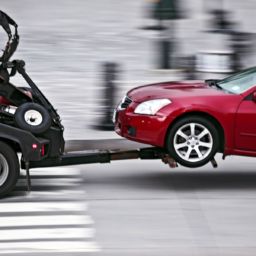
Do you remember playing the game “Red Light, Green Light” when you were young? Everyone would line up side by side, then book it to the finish line whenever they heard “green light.” The only catch was, everyone had to come to a halt whenever “red light” was called, and if you were still moving after “red light,” you had to start over from the beginning.
Despite being a simple game for kids, “Red Light, Green Light” has some great takeaways that we were taught early on (i.e. red means stop, green means go). More so, it teaches us all that when you follow the rules (of the road), you can get to your destination safely—which is exactly what Stop On Red Week is all about.
Stop On Red Week was created by the Federal Highway Administration in 1995 to reduce the frequency and severity of traffic collisions by educating the public. The week of awareness underlines the risks of running a red light and how fundamental safety at stop signs and red lights can save lives. This year, Stop on Red Week takes place from August 6th through August 12th to recognize the importance of red traffic lights and prevent fatal accidents.
In observance of Stop on Red Week, we’re sharing some key pointers to follow so you can take action against these fatal statistics and help keep the roads a safe place for all.
Keep Your Hands On The Wheel (and Off the Phone)
Many drivers like to think of themselves as multi-taskers, but they’re really just increasing their risk of an accident. Manual distracted driving takes one or both of your hands off the steering wheel, which means eating, texting, and talking on the phone while driving is ill-advised. Having both hands free to drive will allow you to make quick decisions and adjust to the road (whether that’s traffic, construction, or wild animals) when needed.
“Rolling Stops” Don’t Count
We all know that running a red light is extremely dangerous, but drivers tend to get a little too comfortable when it comes to complying with stop signs. The bottom line is that red means stop—whether that’s a red light or a stop sign. It doesn’t matter if you’re approaching a two-way stop or a four-way stop, rolling stops don’t count! When you’re approaching a stop sign, remember to count to three after you stop, take a moment to look around, then proceed on your route. If your tires don’t come to a complete standstill, it’s not a true stop. Even when you’re in a hurry, taking 3 extra seconds to stop is well worth it.
Speak Up
Nobody likes a backseat driver, but it’s good practice to still pay attention to the roads as a passenger. After all, a second set of eyes doesn’t hurt. As a passenger, you need to respect the driver and have trust that they can get you from point A to point B safely, but every now and then mistakes happen. If you have any doubts that your driver saw a road sign or incoming red lights, speak up. Communication is key, and in the chance that your driver was distracted and missed it, they’ll be happy you warned them.
At Driver Ed Safety, we work with students to develop effective defensive driving and behavioral patterns using foundational concepts. Follow us on social media to stay in the know about driving tips, or register for our Behind the Wheel driving course.
















